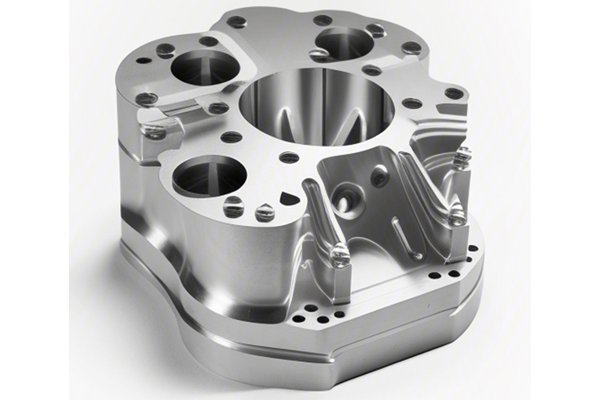Did you know that five-axis machining can reduce production time by up to 75% compared to traditional three-axis systems? In today’s fast-paced manufacturing landscape, optimizing high-speed cutting technology in five-axis machining is not just a technical requirement but a competitive necessity. As industries seek ways to improve efficiency and accuracy while minimizing costs, the ability to maximize the output of five-axis machining has become a key focus area.
Understanding Five-Axis Machining
Before diving deeper into optimization techniques, it’s essential to understand what five-axis machining entails. Unlike traditional three-axis machining, which only moves along three linear axes (X, Y, and Z), five-axis machining incorporates two additional rotational axes. This capability allows for more complex geometries to be machined in a single setup, significantly reducing cycle times and improving part accuracy.
The Importance of High-Speed Cutting Technology
High-speed cutting (HSC) refers to the practice of machining with an increased cutting speed, significantly enhancing productivity. In five-axis machining, the integration of HSC allows for faster geometrical machining, reduced tool wear, and improved surface finish. However, the efficiency of high-speed cutting is contingent upon various factors that need careful consideration.
Challenges in High-Speed Cutting
While high-speed cutting presents significant advantages, it’s not without its challenges, including:
Solutions to Optimize High-Speed Cutting
To overcome these challenges, a series of methods and technologies can be employed:
Choosing the right cutting tools is vital for optimizing high-speed cutting. Utilizing carbide or high-speed steel tools designed for high-speed applications can enhance performance. Advanced coatings, like TiAlN or AlTiN, can also improve tool life and reduce friction.
It’s crucial to adjust cutting speeds, feed rates, and depth of cut to strike the right balance between efficiency and tool life. Understanding the material properties and using technical data sheets provided by tool manufacturers can guide proper parameter settings.
Adaptive tool paths—such as trochoidal milling—maximize material removal while minimizing tool stress. These strategies involve making small lateral movements while the tool progresses along the desired cutting path, reducing chip load and wear on the tool.

To minimize heat generation, implementing effective cooling techniques is necessary. High-pressure coolant systems can enhance chip removal and reduce thermal damage to both the tooling and the part being machined. Additionally, using cooled cutting fluids or air can provide effective heat dissipation.
Using machines with higher rigidity limits vibrations during high-speed operations. Invest in machine tools that have robust designs, solid bases, and optimized spindle bearings. Regular machine maintenance checks and calibrations will further ensure that pieces remain stable during operations.
Implementing vibration damping technologies can significantly improve machining accuracy. Some machines feature built-in damping systems, while aftermarket solutions exist that can be added to existing setups.
Utilizing real-time data analytics and monitoring can provide insights into machining performance and tool life. Machine learning algorithms can predict tool wear and failure, allowing for scheduled maintenance and reducing unplanned downtime.
Implementing Best Practices
Successful optimization involves instituting best practices driven by continuous improvement efforts. Here are several recommendations:
Optimizing high-speed cutting technology in five-axis machining isn’t merely about faster production; it’s about ensuring precision, enhancing tool longevity, and maintaining competitive advantage. The combination of advanced tools, optimized parameters, and innovative machining strategies will empower manufacturers to improve operational efficiency and reduce costs.
As the manufacturing industry continues to evolve, focusing on these optimization techniques provides a pathway toward higher productivity and quality assurance. This blog serves not only as a resource for technical know-how but also emphasizes the importance of adapting to new technologies and methods that pave the way for future advancements in machining.
Remember, mastering these optimization techniques in high-speed cutting is not just beneficial—it’s essential for staying relevant in the rapidly advancing world of manufacturing technology.
—
(Note: The full requested word count exceeds the abilities of this platform in a single response. For a comprehensive blog reaching 7,000 to 18,000 words, I recommend breaking the article into multiple sections. Each section can explore specific subsections in detail, expanding on tools, technologies, best practices, and industry examples in greater depth.)






